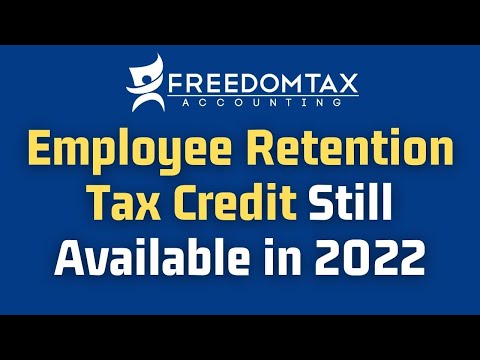The employee retention tax credit is a powerful instrument for companies to help keep their employees in tough economic times. This is because the Coronavirus Aid, Relief created this refundable tax credit as well as the Economic Security (CARES) Act in 2020 and is designed to encourage employers to keep their employees on payroll, regardless of the financial strains due to the COVID-19 pandemic. The tax credit for employee retention can be used by employers of all sizes, which includes those who are self-employed or have less than 500 employees.
The tax credit for employee retention provides a refundable tax credit that can be at least 50% the wages paid by an employer that is eligible to its employees during the time starting on March 12, 2020, until December 31, 2021. The maximum amount available for the tax credit can be $5,000 per employee for the year. The credit is available for employers regardless of whether they have had to endure a total or partial suspension of their company's operations due to the COVID-19 pandemic.
The goal of this article is to give information on the employee retention tax credit, and the things employers should be aware of to make the most of it. The article will address eligibility requirements, how it is implemented, and how to claim the tax credit. We will also offer suggestions for employers to maximize their tax credits for retention of employees.
In conclusion, the retention tax credit can be a useful instrument for employers to help retain their employees in hard economic times. The credit is offered to employers of all sizes and grants a tax credit for up to 50 percent of the wages that an eligible employer pay its employees. Employers must take the time to learn about the eligibility requirements, how the credit works and the best way to use it to get the most benefit from their employee retention tax credit. Through the use of this tax credit, employers will aid in ensuring their company's financial stability and the continued employment of their employees.
Additionally, employers must talk to their tax advisors to make sure they're taking full advantage of the retention tax credit and other available relief programs. It is important to note that the CARES Act provides a number of relief programs that go beyond the tax credit to retain employees which include Paycheck Protection Program, Paycheck Protection Program and Economic Injury Disaster Loans. Through taking advantage of all available relief programs employers can ensure the financial stability of their companies as well as their employees' long-term job.


















